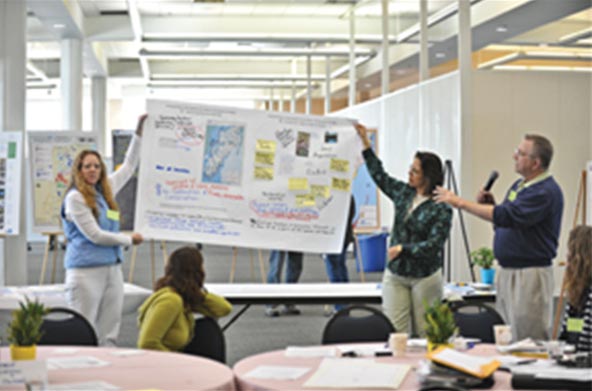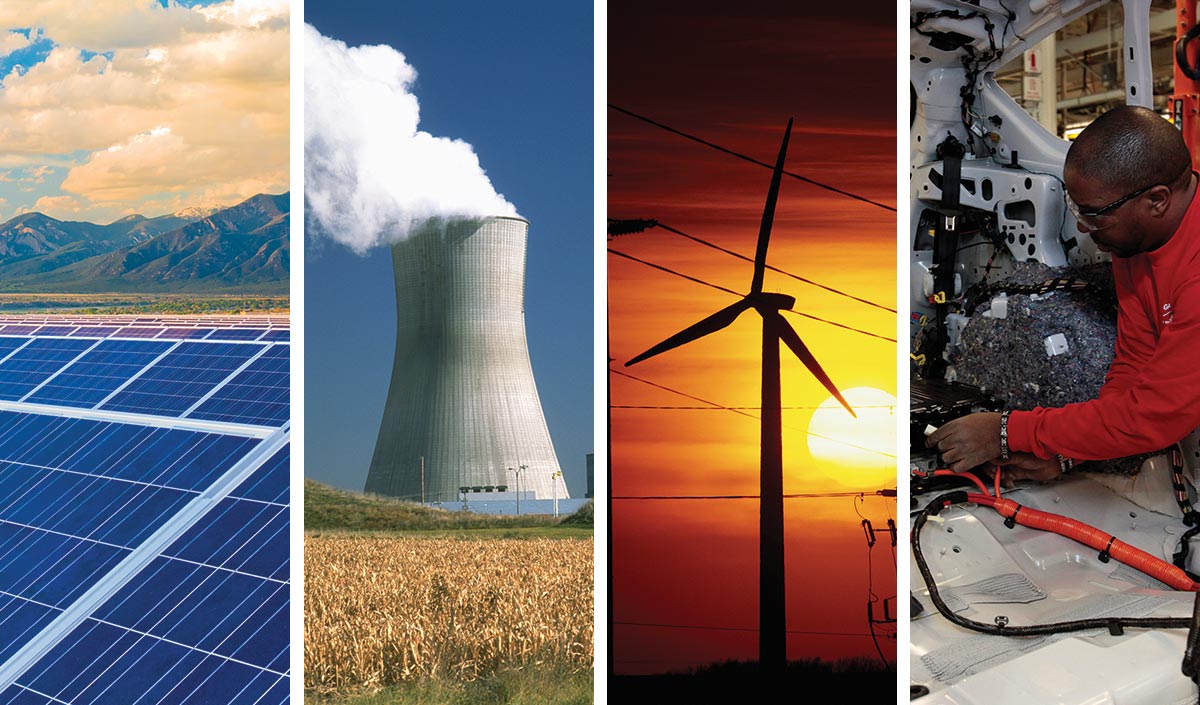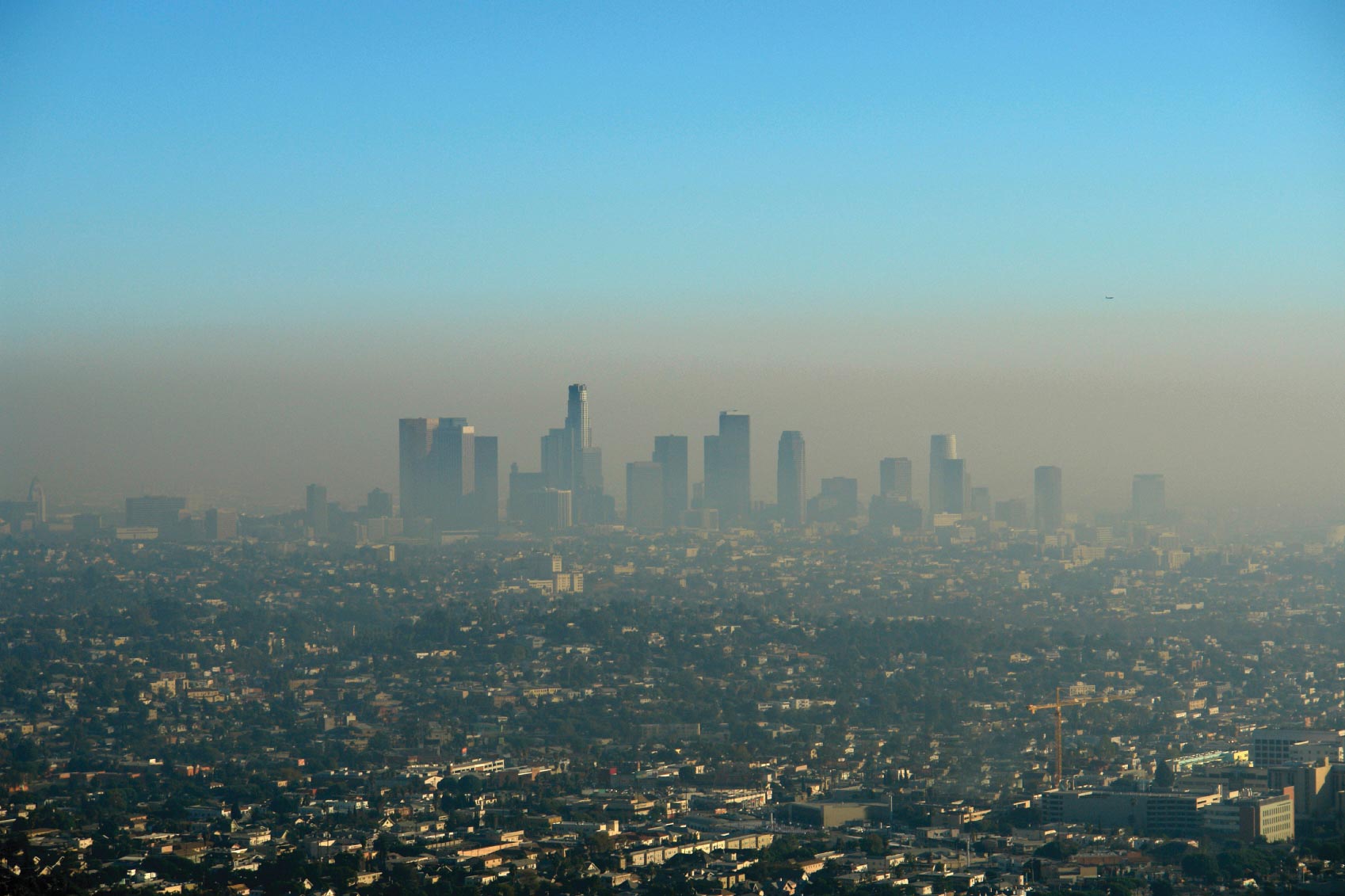Introduction
Actions to reduce emissions, increase carbon uptake, adapt to a changing clim ate, and increase resilience to impacts that are unavoidable can improve public health, economic development, ecosystem protection, and quality of life.
Over the past few years, the focus moved from “Is climate changing?” to “Can society manage unavoidable changes and avoid unmanageable changes?”49,50 Research demonstrates that both mitigation (efforts to reduce future climate changes) and adaptation (efforts to reduce the vulnerability of society to climate change impacts) are needed in order to minimize the damages from human-caused climate change and to adapt to the pace and ultimate magnitude of changes that will occur.51,52,53,54 Adaptation and mitigation are closely linked; adaptation efforts will be more difficult, more costly, and less likely to succeed if significant mitigation actions are not taken.50,55





















